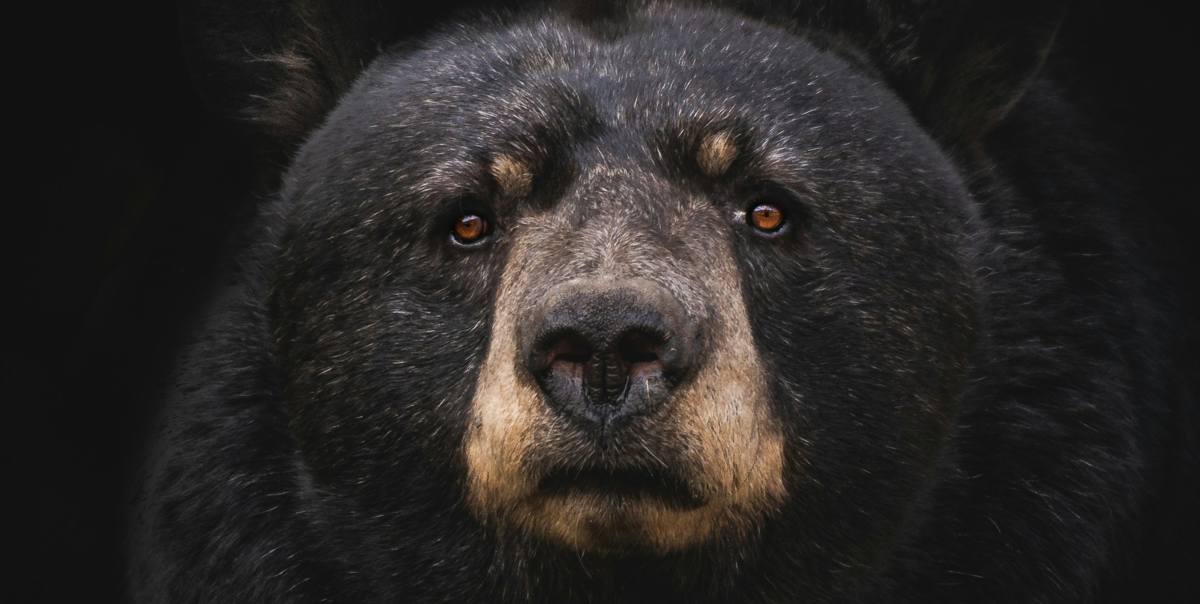Life’s Fixed Ledger

In the first half of the 20th century, geophysicist Vladimir Vernadsky both accidentally and scientifically confirmed a theory of rebirth.
Of course, things don’t work the way a layperson imagines—no “you die, float around, then slip into a new body.” The mechanics are far simpler and far less focused on individual ego—think of it as a high-volume assembly line of deaths and births.
While studying Earth’s history, Vernadsky concluded that the total physical mass of living matter stays constant over an entire geological epoch. Put roughly, the number of cells in every living thing—from bacteria and plants to animals, including us two-leggers—fluctuates only slightly, within about 1–3 percent. Only during the biggest catastrophes does that swing widen, yet even then the lost stock rebounds relatively quickly (in geological terms) and holds steady for millions of years.
Yes, life’s forms change, and yes, dominant species replace one another—but Life itself, as a single organism, remains roughly the same “size” it had after the planet’s last major reboot.
If you’re capable of free-form thinking, that one fact alone can send you down a rabbit hole of fascinating conclusions.
Without stepping on your own musings, let me share just one of mine.
- 1. It’s obvious that life’s shapes evolve over time. The role of two-leggers has shifted radically over the last few million years.
- 2. Killing no longer just lacks purpose—it’s personally dangerous.
I’ll write more on this in future pieces, unpacking these points for anyone interested.
For now, a quick note on how I became convinced this theory is probably valid and deserves formal validation.
Since the 1980s I’ve befriended many hunters—national-park rangers, trophy shooters and their guides, plus a few lone hunters.
Bad news, folks: out of a couple dozen of these fine people, only two are alive today—likely because they’re mediocre hunters who go out only now and then and mostly for small game.
Every hunter who killed large animals is dead, and well before their time. Not because they were thrill-seekers—far from it. A third died of brutal diseases, another third in accidents, and the last third were… shot. Bottom line: none of the big-game hunters I once knew walks this planet anymore.
Why? I’ll explain in one of my upcoming notes!
